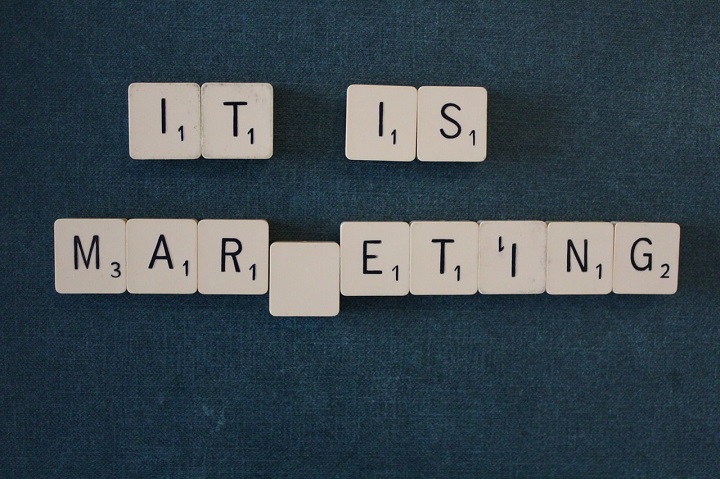In 2017 all you ever hear about are things like digital marketing, live stream, virtual reality and social media marketing. In fact, 9 out of 10 marketing guides you encounter are not likely to even mention traditional marketing, except as a footnote. All of this makes one wonder if investing in traditional marketing is still worth it? Let’s find out!
Harder to measure ROI
If we are to do this analysis right, it is vital that we start with a clear disadvantage of traditional marketing – the inability to precisely measure the ROI generated by each method. A century and a half ago John Wanamaker complained that, although half the money he invests in marketing is wasted, he can never know which half. This statement remained somewhat true until this very day. Still, what urged Wanamaker and industry giants of old to venture into this terra incognita? Well, the fact that it did bring results, even if they couldn’t precisely pinpoint where from.
Today, however, you can lure in your audience through traditional marketing and then ask them to answer a simple question to determine what encouraged them to buy from you. While this ROI might be harder to measure, it is in no way impossible. All you have to do is find a way to incorporate your traditional marketing technique into your digital marketing model and you will fix this issue once and for all.
Not everyone is online
Even though this may seem quite absurd in this day and age, not everyone is online. For instance, 50 percent of all small businesses don’t even have a website, which makes your potential B2B interaction with them nearly impossible in the digital environment. On the other hand, reaching out to them through telemarketing may seem as an appropriate course of action.
Furthermore, seeing as how baby boomers are one of the most financially-powerful demographics, it also becomes quite transparent that you need to look beyond digital in order to reach them. Sure, you can see this particular age group on some social networks, even browsing different forums but, in their case, digital marketing may not be as reliable as you would like it to be. This is why it might be much more efficient to try a different approach. Simply look for a reliable provider of printing services and try winning them over with different sorts of promotional merchandise.
Email marketing
Finally, we reach a point that is nearly at the intersection between the old and the new. We are, of course, talking about email marketing. While it may be true that from the outside, this particular method seems somewhat suppressed by other channels of communication, email marketing is all but dead. First of all, the migration to mobile has revitalized it, apart from it still being the most important means of post-purchase follow-up. It helps you create a large pool of repeat customers. Needless to say, according to one survey, only 8 percent of repeat customers can amount to about 40 percent of your entire profit.
One last thing. Earlier on, we mentioned that 50 percent of small businesses don’t have a website. Well, this doesn’t mean that their executives or contact people don’t have an email or that they expect you to get in touch with them by any other means. For this to work, however, you would have to improve your email marketing strategy. Learn how to write a compelling subject line, focus on brevity and clarity in stating your intentions and don’t forget to introduce yourself both in the email content and the signature.
Conclusion
The greatest thing about marketing is the way in which its trend forms symbiotic bonds over time in order to grow as a whole. The fact that one trend is currently exploding, doesn’t mean that all the others are automatically becoming obsolete. To answer the question from the beginning, although we are currently living in the digital age, traditional marketing is definitely worth investing in.
